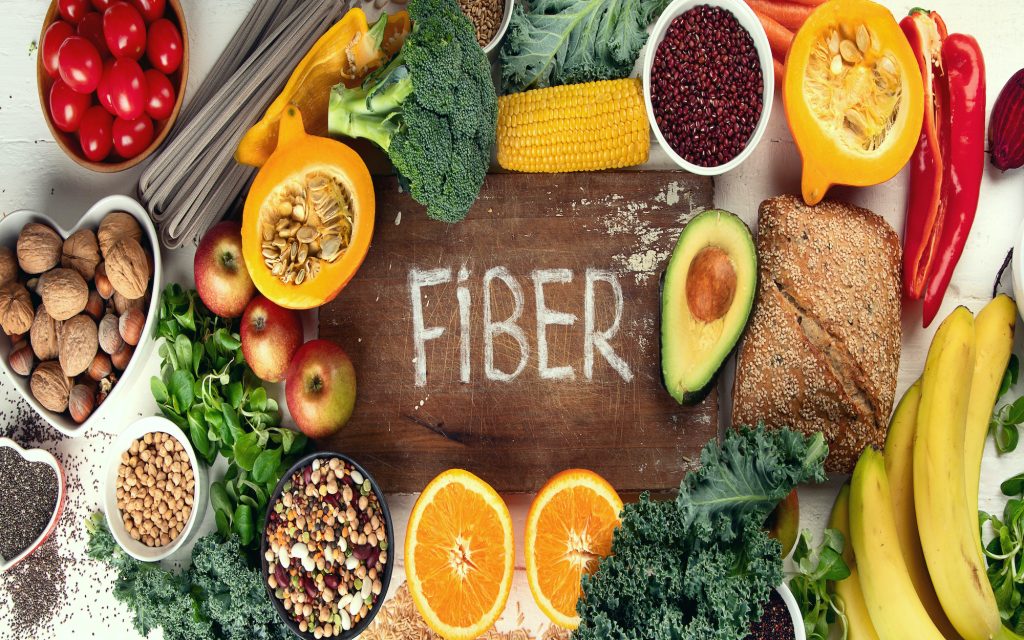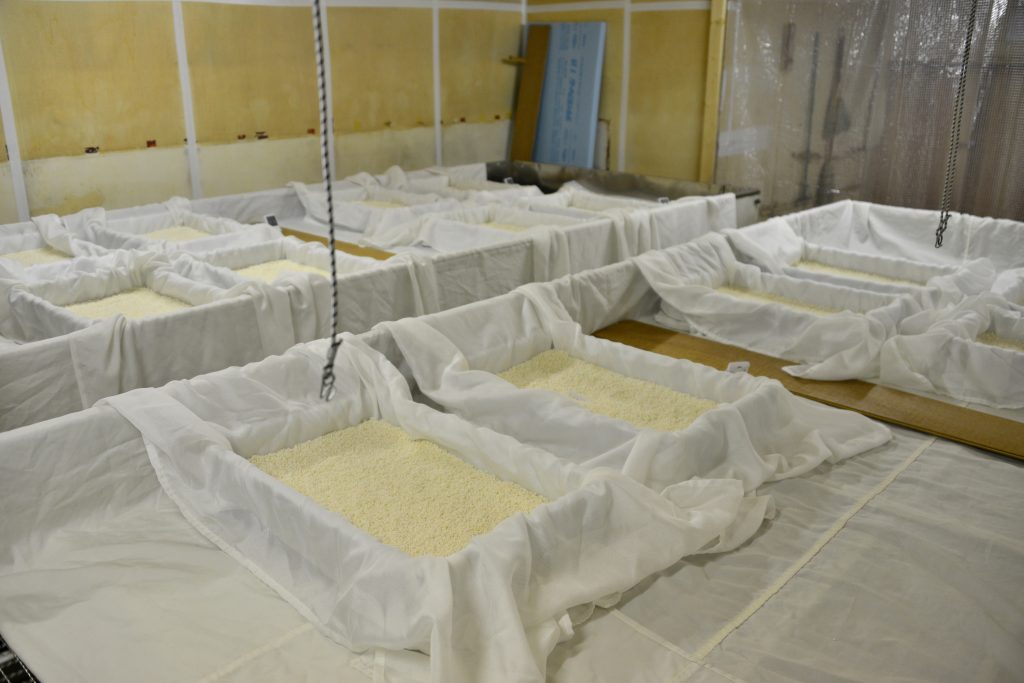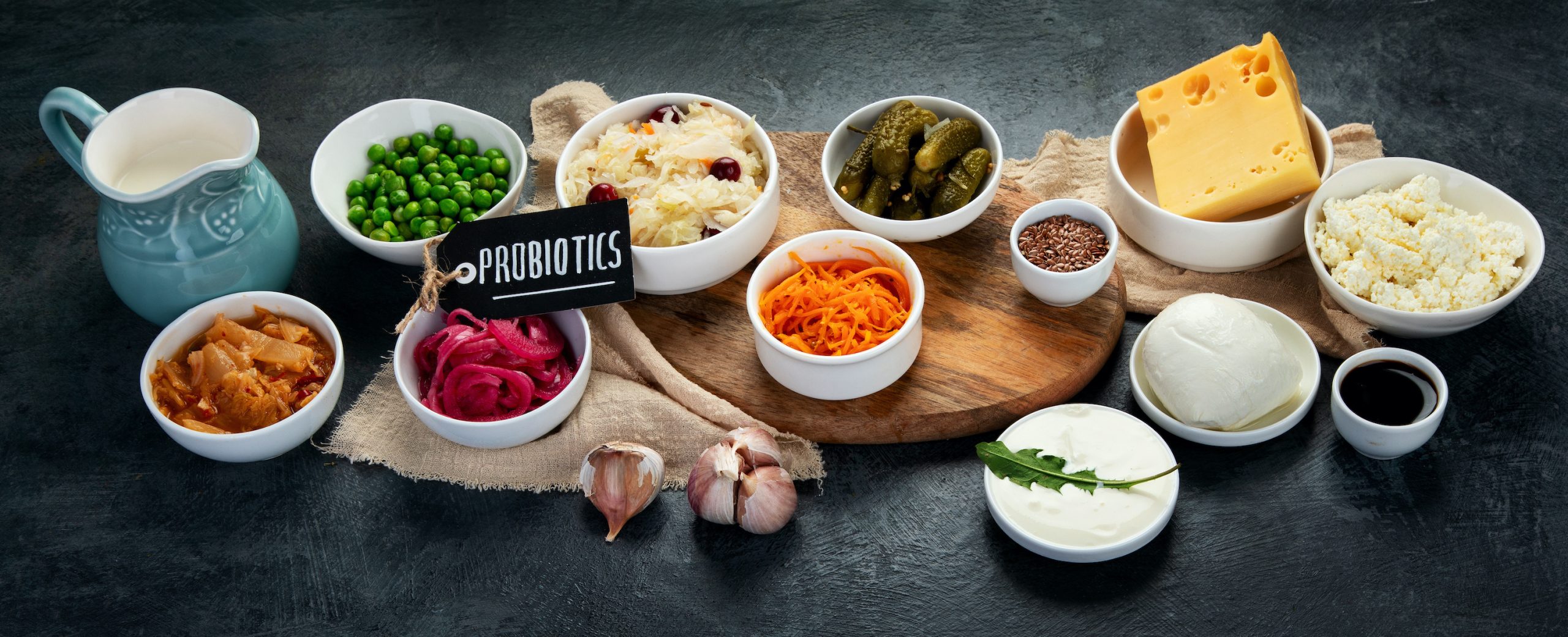In today’s world, where wellness trends rise and fall, one concept has withstood the test of time: gut health. From immunity and mood to metabolism and beauty, your gut plays a vital role in almost every aspect of your well-being. But what are the best gut health foods?
Across the globe, traditional fermented foods and modern probiotic innovations are gaining attention. In this article, we’ll explore the science behind gut health, break down the difference between probiotics and prebiotics, and introduce you to gut health foods from Japan and beyond. Whether you’re a chef, a health professional, or a curious foodie, this guide will help you build a gut-friendly diet rooted in culture, flavor, and function.
What Is Gut Health?
Gut health refers to the balance and function of bacteria in your digestive tract. This ecosystem, called the gut microbiome, influences everything from digestion to mental clarity.
Why Gut Health Matters for Your Body and Mind
Your gut is often referred to as your “second brain” for a reason. A healthy microbiome contributes to:
- Stronger immunity
- Better nutrient absorption
- Improved mood and mental clarity
- Reduced inflammation
The Microbiome Explained: Probiotics vs. Prebiotics
- Probiotics are live bacteria that boost your microbiome. They are found in fermented foods like yogurt, miso, and kimchi.
- Prebiotics are types of fiber that feed those good bacteria. Foods like onions, garlic, and bananas are prebiotic powerhouses.
Together, probiotics and prebiotics create a balanced gut environment essential for overall health.
The Ultimate Gut Health Foods 20 List (by Category)
Let’s explore the top 20 gut-friendly foods you can integrate into your diet, broken down into probiotic-rich and prebiotic-rich categories. These ingredients not only support a healthy gut but also add diverse flavors and nutrients to your meals.
1. Probiotic-Rich 10 Foods
These foods contain live beneficial bacteria that directly enhance your gut microbiota. Regular consumption introduces a diversity of microbial strains, which is key to gut resilience and optimal function.
- Yogurt – Made by fermenting milk with lactic acid bacteria, yogurt provides Lactobacillus and Bifidobacterium strains that colonize the gut. It is rich in calcium, protein, and B vitamins. Plain, unsweetened yogurt minimizes sugar intake while offering a creamy, versatile base for meals and snacks.
- Miso – Made by fermenting soybeans with Aspergillus oryzae, miso contains live probiotics and is a rich source of vegetable protein. Its rich umami flavor makes it an excellent seasoning with health-promoting properties.
- Kimchi – This spicy Korean side dish is made by fermenting napa cabbage and radish with chili, garlic, and ginger. Rich in lactic acid bacteria like Leuconostoc and Lactobacillus, kimchi promotes gut diversity. It’s also low-calorie, high-fiber, and packed with vitamins B, and C.
- Natto – Natto contains enzymes produced by natto bacteria (a type of Bacillus subtilis) that aid in the digestion of protein, aiding in digestion. Natto is also among the best natural sources of vitamin K2, essential for blood clotting and bone health.
- Kefir – This sour, slightly effervescent milk drink is made by fermenting cow’s or goat’s milk with multiple strains of bacteria and yeast. Yogurt is fermented only with lactic acid bacteria and is sticky, but kefir also uses yeast and is less sticky.
- Sauerkraut – Made from cabbage fermented with salt and ambient lactic acid bacteria, sauerkraut delivers live cultures, fiber, and vitamin C. Raw, unpasteurized foods, in particular, contain live bacteria that can help improve gut health.
- Tempeh – This Indonesian staple is a cake-like product from fermented soybeans bound by Rhizopus oligosporus. It’s firm, nutty, and high in protein, fiber.
- Kombucha – Kombucha, a fermented tea made with SCOBY (Symbiotic Culture of Bacteria and Yeast), is also popular as a beauty drink because it contains antioxidants and trace amounts of B vitamins.
- Fermented Pickles – Traditional pickles are fermented in a salt brine, allowing naturally occurring bacteria to proliferate. These pickles contain probiotics, B vitamins and are low in calories.
- Fermented Cheese – Although the microorganisms used vary depending on the type of cheese, cheese is mainly made by fermentation with lactic acid bacteria, propionic acid bacteria, and mold. These cheeses are also rich in calcium and protein.
2. Prebiotic-Rich 10 Foods

Prebiotics are specialized plant fibers that act as food for your gut bacteria. By selectively stimulating the growth of beneficial microbes, prebiotics enhance the efficacy of probiotics and improve overall microbiome health.
- Onions – Rich in fructooligosaccharides (FOS), onions help stimulate beneficial bacteria such as Bifidobacteria. They also contain sulfur compounds and flavonoids.
- Garlic – Contains FOS, like onions, and possesses natural antimicrobial properties from allicin. This combination helps suppress harmful microbes while supporting gut flora.
- Leeks – It is a vegetable of the onion family and is rich in prebiotics called oligosaccharides.
- Bananas – Bananas contain resistant starch and fructooligosaccharides, a type of fermentable dietary fiber that serves as a source of nutrition for intestinal bacteria. They’re also a good source of potassium, which supports electrolyte balance and muscle function.
- Asparagus – Asparagus contains fructooligosaccharides that support gut health and also provides folate, which is essential for DNA repair and cell division.
- Chicory Root – Chicory root is one of the most concentrated natural sources of inulin and can be eaten whole boiled or dried and infused as a coffee substitute.
- Jerusalem Artichokes – Also known as sunchokes, these tubers are rich in inulin and help maintain bowel regularity and microbial diversity.
- Whole Grains – Oats, barley, and quinoa provide resistant starches and beta-glucans, feeding gut microbes while stabilizing blood sugar. They are also rich in B vitamins and support sustained energy.
- Low-Fructose Fruits – Fruits like kiwi, papaya, berries, and citrus contain polyphenols, fiber, and vitamin C. These compounds promote healthy gut flora and reduce gastrointestinal discomfort compared to high-fructose options.
- Seaweed – Seaweeds commonly used in Japanese cuisine, such as kelp and wakame, contain dietary fiber (prebiotics) such as fucoidan and alginic acid. They also supply iodine.
Gut health foods Around the World: A Cultural Guide
Fermented foods are more than just health trends—they are deeply woven into the cultural fabric of societies across the globe. Each region has its own history of fermentation, rooted in preservation, flavor development, and even spiritual practices. Here’s how fermentation reflects cultural identity in different parts of the world.
Japan: Fermentation as a Way of Life
In Japan, fermented foods like miso, natto, and soy sauce are staples found in nearly every household. These foods are not only prized for their umami flavor and health benefits, but also deeply tied to traditional Japanese values like seasonality, simplicity, and harmony with nature. Fermentation is also closely linked to Zen Buddhist cooking and the philosophy.
Korea: Community and Tradition Through Kimchi
In Korea, the practice of making kimchi—kimjang—is a UNESCO-recognized cultural heritage. Families and communities gather each year to prepare large batches of fermented vegetables for the winter.
Europe: From Survival to Culinary Heritage
In many European countries, fermented foods began as preservation techniques—think sauerkraut in Germany, and aged cheeses in France and Italy. Over time, these foods became national symbols, often linked to regional pride, terroir, and culinary craft.
United States and Beyond: A Fusion of Traditions
In the U.S. and other multicultural countries, fermentation is a fusion of global influences—kombucha, kimchi, sourdough, and more. What was once niche has entered the mainstream, often through health trends, and the rise of “functional foods.”
Why Japanese Fermented Foods Stand Out

Among the many fermented traditions around the world, Japanese fermented foods are particularly unique in their complexity, subtlety, and integration into daily life. Here are three characteristics that make Japanese fermented foods so unique.
1. Rich in Umami and Plant-Based Nutrition
Many Japanese fermented foods are soy-based or rice-based, offering deep flavor and ideal options for vegetarians and vegans.
2. Handcrafted, Natural Fermentation Methods
Unlike industrial fermentation, traditional Japanese techniques maintain living microbes and beneficial enzymes.
3. Seasonal and Holistic in Nature
The Japanese approach to eating—known as washoku—emphasizes seasonal ingredients, moderation, and balance, aligning naturally with gut wellness.
How to Start Eating for Gut Health Foods (No Recipes Needed)
Making gut-friendly changes doesn’t require a complete diet overhaul. Here are a few practical tips:
- Start your morning with kefir or miso soup.
- Add a side of pickled vegetables or kimchi to your lunch.
- Season meals with fermented condiments like soy sauce or miso.
- Choose whole grains over refined carbs.
- Snack on berries, bananas, or seaweed instead of sugary treats.
Even small changes, if you make them a habit and continue doing them every day, will increase the diversity of your intestinal flora and improve your intestinal environment.
Want to Learn More About Gut Health Foods and Japanese Fermentation?
Curious about miso, natto, and how to use them at home? Sign up for our free newsletter to explore Japan’s fermented food culture and get exclusive tips from experts.
Even better, join a hands-on fermentation workshop or culinary study abroad program in Japan to learn directly from artisans and experts and savor the authentic flavors!
” 耀 Hikari ” – wellness
Easy Ways to Improve Gut Health—Starting Today
Gut health isn’t just a passing wellness trend—it’s a key to long-term physical, mental, and immune health. Adding probiotic foods like yogurt, miso, or sauerkraut, along with prebiotic foods like garlic, onions, and bananas, is one of the easiest and most effective ways to support a healthy gut microbiome.
Fermented foods from around the world—from kimchi in Korea to kefir in Eastern Europe—offer more than just flavor. They reflect centuries of cultural wisdom and can now play a modern role in your wellness journey.
If you’re wondering how to start eating for gut health, begin small. Try one new gut-friendly food each week. Listen to your body, mix prebiotics and probiotics, and aim for variety. With time, these small steps can bring lasting benefits like better digestion, more energy, and even improved mood.
Eating for gut health isn’t about a strict diet—it’s about making enjoyable, informed choices that nourish your body from the inside out.

No responses yet